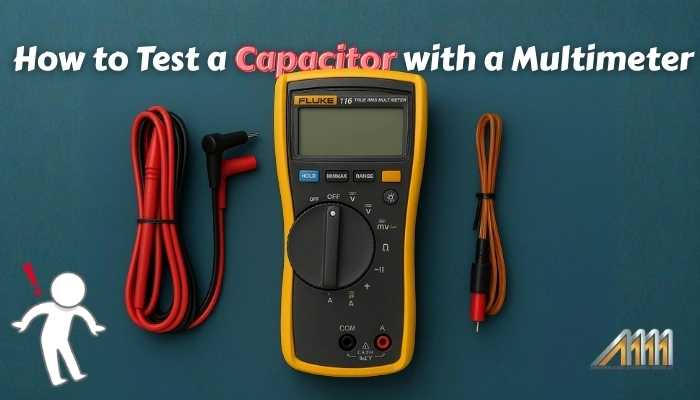
Megger MIT2500 Insulation Tester
$0.00 (excl.VAT)Megger MIT430/2 Insulation Tester
$0.00 (excl.VAT)Megger MFT-X1 Multifunction Tester
$0.00 (excl.VAT)Megger MIT515 Insulation Resistance Testers
$0.00 (excl.VAT)FLIR TG165-X Thermal Camera
How to Use a Vibration Meter

Vibration meters are crucial tools in the arsenal of an engineer, mechanic, or maintenance specialist. They help in detecting and diagnosing anomalies in machinery, structures, and systems through the measurement of vibrations. Understanding how to effectively use these devices can greatly enhance diagnostic capabilities and preventative maintenance strategies.
What Is a Vibration Meter?
A vibration meter measures the oscillatory motion of a machine or structure. It quantifies vibrations in terms of displacement, velocity, or acceleration, depending on the application. This data is critical for assessing equipment condition and identifying potential faults.
Key Components of a Vibration Meter
- Sensor (Accelerometer): Captures vibration signals and converts them into electrical data.
- Display Unit: Displays readings and, in advanced models, provides diagnostic information.
- Data Storage/Connectivity: Allows saving data for analysis or transmitting it to external systems.
Why Use a Vibration Meter?
- Preventive Maintenance: Detect issues like unbalance, misalignment, or bearing wear early.
- Performance Optimization: Ensure machinery operates efficiently and safely.
- Cost Reduction: Avoid costly repairs and downtime through early fault detection.
- Safety Compliance: Maintain equipment vibration within recommended limits to comply with standards like ISO 10816.
Types of Vibration Meters
Vibration meters come in various types, each designed to suit specific applications and environments. Understanding the different types of vibration meters can help you select the right tool for your specific needs, whether for industrial machinery monitoring, building inspections, or research and development. Here’s an overview of the primary types of vibration meters:
Handheld Vibration Meters
Purpose: These are portable devices designed for on-the-spot diagnostics and routine checks. They are commonly used by maintenance technicians and engineers in field settings.
Features: vibration meters handheld typically feature a display screen, simple controls, and sometimes, capabilities to connect with PCs or mobile devices for data analysis. They are user-friendly and often provide immediate feedback.
Single-Channel Vibration Meters
Purpose: These meters measure vibrations from a single point using one sensor. They are ideal for quick assessments where basic vibration data (like peak velocity or total acceleration) is sufficient.
Features: Single-channel meters are simpler and generally more cost-effective. They’re used for basic condition monitoring and troubleshooting.
Multi-Channel Vibration Meters
Purpose: Multi-channel meters can take measurements from multiple sensors simultaneously. This is beneficial for more complex analyses, such as understanding how vibrations affect an entire system or structure.
Features: These devices can record several parameters at once and are often used in research and complex diagnostic systems. They provide a comprehensive view of vibrational impacts across different parts of a machine or structure.
Data Logging Vibration Meters
Purpose: Equipped with the ability to store measurements over time, these meters are used for ongoing monitoring and capturing data trends.
Features: Data loggers can record vibration data over extended periods. This data can then be downloaded and analyzed to observe trends and predict potential failures before they occur.
Online – Continuous Monitoring Systems
Purpose: These systems are installed permanently on machinery or structures to continuously monitor vibrations and alert operators to changes that could indicate developing faults.
Features: Online systems often include real-time data analysis and alerts, high data accuracy, and the capability to integrate with industrial control systems. They are essential in critical asset monitoring where continuous surveillance is necessary.
Wireless Vibration Meters
Purpose: Wireless meters provide flexibility and ease of installation, especially in hard-to-reach places or where cabling would be impractical or costly.
Features: These meters typically communicate via Bluetooth or Wi-Fi, allowing remote monitoring and analysis. They are increasingly popular due to their convenience and the reduction in installation costs.
Specialized Vibration Meters
Purpose: Some vibration meters are tailored for specific industries or applications, such as automotive diagnostics, aerospace, or building engineering.
Features: These meters might include specialized sensors or software that cater to the specific dynamics and requirements of the target application.
Each type of vibration meter offers unique benefits and is suited to particular kinds of vibration analysis tasks. Choosing the right type depends on several factors, including the complexity of the machinery or structure being monitored, the environment in which it operates, and the level of detail required in the vibration analysis.
Step by Step Guide to Using a Vibration Meter
Using a vibration meter effectively involves several key steps to ensure accurate measurements and reliable data for assessing machinery health or structural integrity. Here’s a detailed guide on how to use a vibration meter:
Preparation
Read the Manual: Familiarize yourself with the specific vibration meter you will be using. Manuals provide crucial information on setup, operation, and safety.
Gather Necessary Equipment: Ensure you have all necessary components, such as the vibration meter, any required sensors, and a charged battery or power source.
Safety First: If you are working in an industrial environment, make sure to adhere to safety protocols, including wearing appropriate personal protective equipment.
Setup
Install Batteries or Connect Power: Ensure your device is powered and ready to operate. Check battery levels to avoid interruptions during data collection.
Attach Sensors: Securely attach the appropriate sensors to the vibration meter. The type of sensor depends on what you are measuring (e.g., accelerometers for most machinery diagnostics).
Initial Configuration: Configure the meter according to the type of measurements required (e.g., setting the frequency range and measurement parameters like acceleration, velocity, or displacement).
Calibration
Calibrate the Meter: Follow the manufacturer’s instructions to calibrate your vibration meter. Calibration is critical for accurate measurements. This might involve adjusting the meter to known vibration levels or using calibration equipment.
Verify Sensor Placement: Ensure that sensors are correctly placed and firmly attached to the area or equipment being tested. Poor sensor placement can lead to inaccurate data.
Measurement
Start Measurement: Begin the measurement process. This may involve pressing a specific button or setting the device to start recording data.
Monitor Readings: Observe the readings on the display. Ensure that the device is recording data as expected. If your device has real-time output, watch for any abnormal vibrations.
Record Data: Depending on your vibration meter model, data might be recorded manually or automatically stored in the device. Ensure all relevant data is captured for analysis.
Data Analysis
Analyze the Data: Review the data collected by the vibration meter. Look for any signs of abnormal vibrations that could indicate mechanical issues like imbalance, misalignment, or bearing failures.
Use Software if Available: Many advanced vibration meters come with software that can help in deeper analysis, providing graphs, spectra, and detailed reports that make it easier to interpret the data.
Reporting and Action
Prepare Reports: Compile the data into a report, highlighting any issues detected. Include recommendations for maintenance or further inspection if needed.
Take Corrective Actions: Based on the analysis, undertake any necessary maintenance or repairs to address the issues identified. This might involve adjusting, replacing, or servicing parts of the machinery.
Maintenance of the Vibration Meter
Regular Maintenance: Regularly clean and maintain the vibration meter and its sensors to keep them in good working condition.
Periodic Calibration: Re-calibrate the meter periodically, especially after extensive use or according to the schedule recommended by the manufacturer, to maintain measurement accuracy.
Interpreting Vibration Meter Readings
Common Vibration Parameters
- Displacement: Indicates the amplitude of oscillation, useful for structural integrity checks.
- Velocity: Measures the speed of oscillation, often linked to equipment wear.
- Acceleration: Highlights high-frequency vibrations caused by defects like bearing wear.
Severity Scales
- Many vibration meters provide severity scales (e.g., Good, Satisfactory, Unsatisfactory, Unacceptable) to help assess the urgency of issues.
Frequency Analysis
- Advanced models offer frequency domain analysis to pinpoint fault sources based on vibration frequencies.
Best Practices for Using a Vibration Meter
- Regular Calibration: Ensure accurate readings by calibrating the device periodically.
- Consistent Sensor Placement: Position the sensor at the same location during each measurement for reliable comparisons.
- Maintain a Baseline: Establish baseline vibration levels for equipment to identify deviations over time.
- Combine Measurements: Use displacement, velocity, and acceleration readings together for comprehensive diagnostics.
- Leverage Software: Use software tools for trend analysis and long-term monitoring.
if you are looking for best vibration analysers visit the link.
Challenges and Solutions in Using Vibration Meters
Challenge 1: Environmental Noise
- Solution: Conduct measurements in controlled environments or use advanced noise-canceling sensors.
Challenge 2: Data Interpretation
- Solution: Rely on meters with built-in diagnostic tools or consult experts for complex analysis.
Challenge 3: Inconsistent Readings
- Solution: Ensure proper sensor mounting and repeat tests under similar conditions.
Using a vibration meter effectively is key to maintaining the health of rotating machinery and structures. By following proper procedures, leveraging advanced features, and interpreting data accurately, you can diagnose issues early, reduce costs, and enhance equipment performance. Whether you’re vibration testing electric motors, industrial fans, or critical machinery, a vibration meter is an indispensable tool for ensuring operational excellence.
About the Author :

I’m Mahboubeh Jahebi, a content writer and SEO expert with over 5 years of experience in industrial equipment and precision measurement technologies. I’ve worked with international brands and contributed to the content strategy of Mohammad Mahdi Electronics (MME), a leading supplier of test instruments in the Middle East.












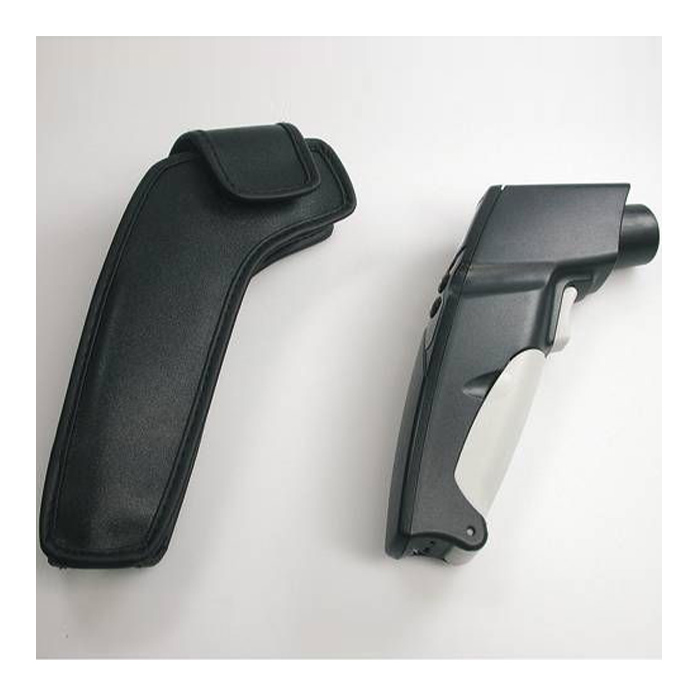
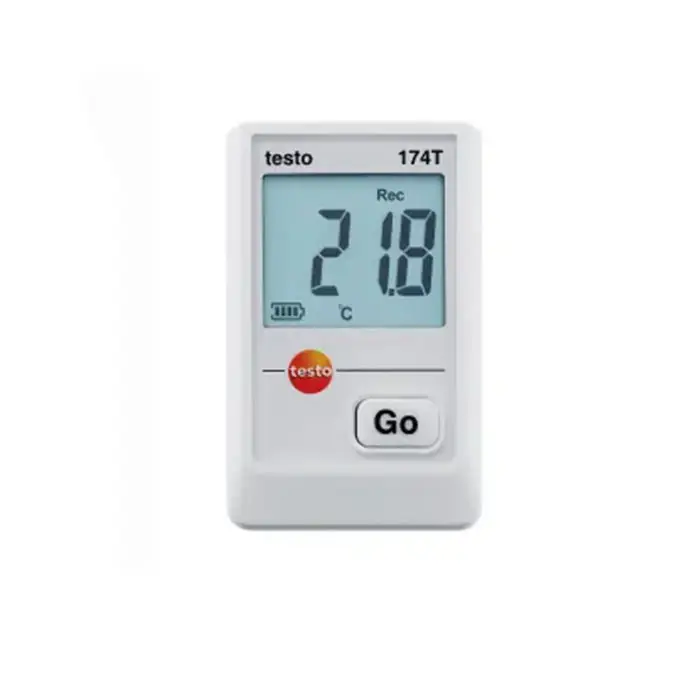
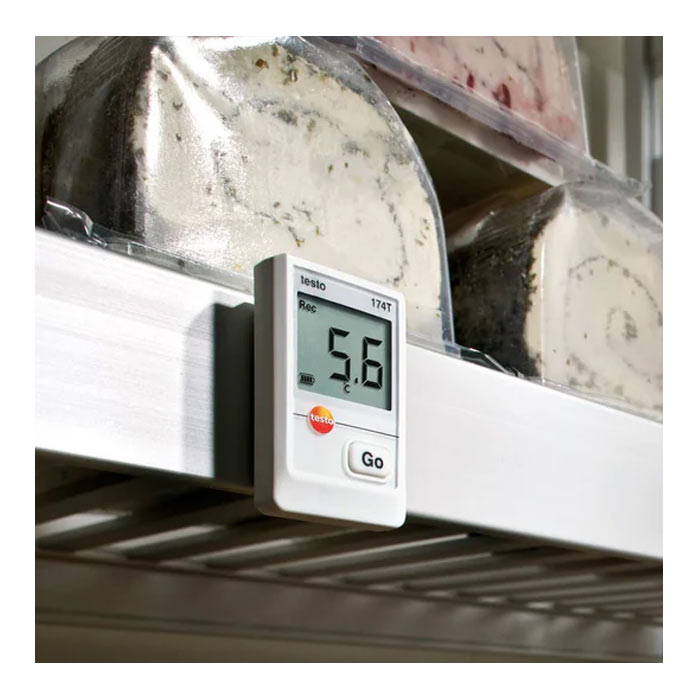















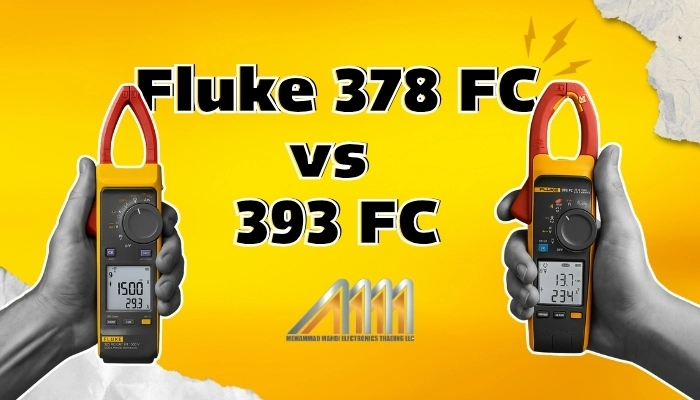
 Bench Multimeters
Bench Multimeters